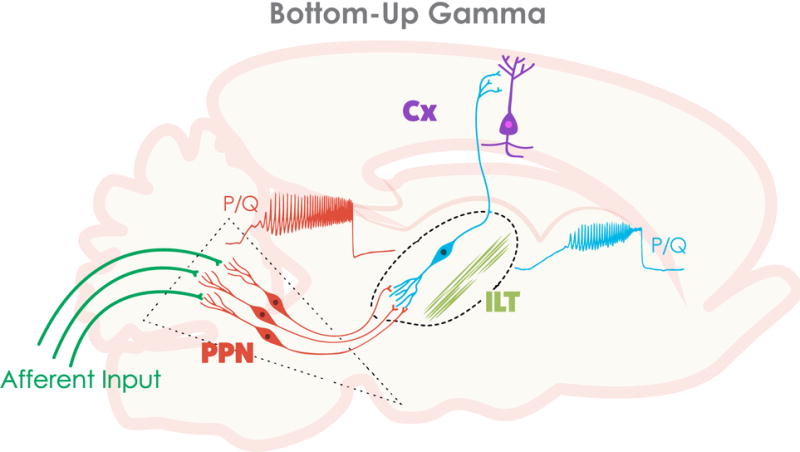Figure 1. Wiring diagram and mechanisms behind bottom-up gamma band activity.

Afferent input (green lines) that originates from collateral activation of the RAS by sensory systems activates the dendrites of PPN neurons (red) in the posterior midbrain. The presence of inputs to dendritic P/Q- and N-type calcium channels set off oscillations at gamma band that influence firing frequency. The output of the PPN ascends to the intralaminar thalamus (ILT), especially the parafascicular nucleus, activating its dendrites to oscillate at gamma frequency via high threshold calcium channels (blue). These cells in turn project to the cortex, particularly to upper cortical layers where the non-specific thalamic inputs terminate, to activate cortical neurons (purple). Once cortical, hippocampal, basal ganglia, and cerebellar cells are activated, the generation and maintenance of gamma band activity in the brain can more easily be maintained through synaptic AND intrinsic membrane properties.
